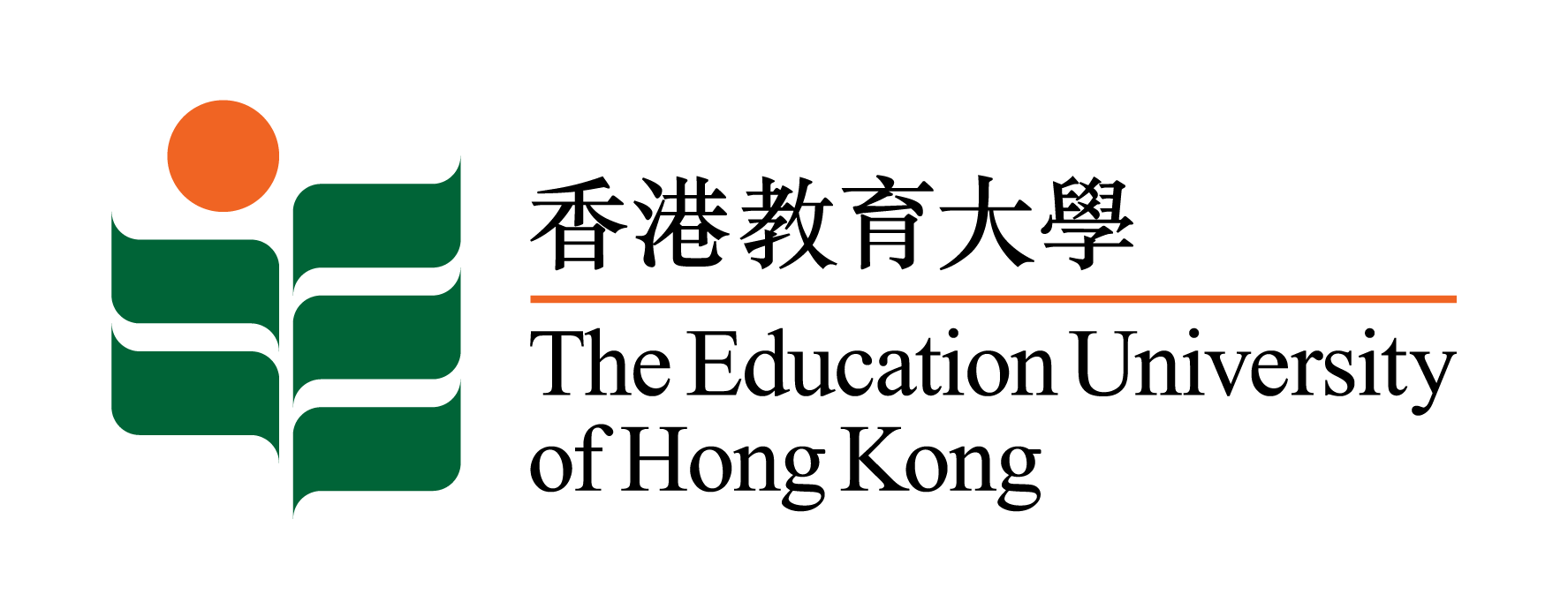Abstract:
This project worked with a Video-Based Learning Community (VBLC) for upload of teaching videos, sharing of teaching videos to the group, and comments or feedback on selected segments of the shared videos. Full time student teachers enrolled to courses on teaching methods of General Studies (GS) and Liberal Studies (LS) in 2011/12 academic year were invited to participate to the study. Student teachers of each individual programmes were grouped into learning communities to share the videos of their micro-teaching and posted their comments and feedbacks at the VBLC. Expected outcomes of the project were interactive and constructive discussions among community members based on the viewing of peers’ teaching and self-reflection of one’s own teaching, as well as better understanding of teaching and learning of the subjects GS and LS.
Code:
T0088
Principal Project Supervisors:
Subjects:
Start Date:
20 Jun 2011
End Date:
19 Jun 2012
Status:
Completed
Result:
Analysis on the videos, comments and replies had been done. According to the average numbers of comments per group, it was showed that more students in a class would result in more comments and replies. This implied that more participants in a community would encourage other participants to interact with each other. Besides, it was also found that more comments were received for full-time students as compared with part-time students, who would rather spend less time on discussion. Besides, it was observed that the in-service participants were more inclined to analyze teaching from a higher level of abstraction and thinking and beyond just teaching methods and implementation level.
Through the questionnaire and interview, it was found that students were generally positive towards the effectiveness of the VBLC and the user experience. Students also reflected on the use and value of the VBLC and suggested areas for improvement on the system.
Impact:
The findings obtained was in line with the idea of Marsh who raised “this collective element can have a profound impact on students’ ability to observationally mine the classroom environment” (Marsh, 2010) and the idea of Pickering and Walsh that “such interactive learning, where students benefits from each other’s observation and vigorously build on each other’s ideas (Pickering & Walsh, 2011). Given the data collected from the comments given by the 4 participant groups and the interviews, VBLC has great potential in developing a learning community for enhancement of teaching and self-reflective thinking among teacher professionals. The major problems hindering the use and effectiveness of VBLC are found to be more technical. Given the participants well briefed of the constructive use of VBLC as a feedback and sharing platform, the tendency to give negative feedback could well be balanced by constructive feedback and comment sharing among VBLC users.
Marsh, B., Mitchell, N., & Adamszyk, P. (2010). Interactive video technology: Enhancing professional learning in initial teacher education. Computers in Education, 54(3), 742-748.
Pickering, L. E., & Walsh, E.J. (2011). Using videoconferencing technology to enhance classroom observation methodology for the instruction of preservice early childhood professionals. Journal of Digital Learning in Teacher Education, 27(3), 99-108
Financial Year:
2010-11
Type:
TDG
